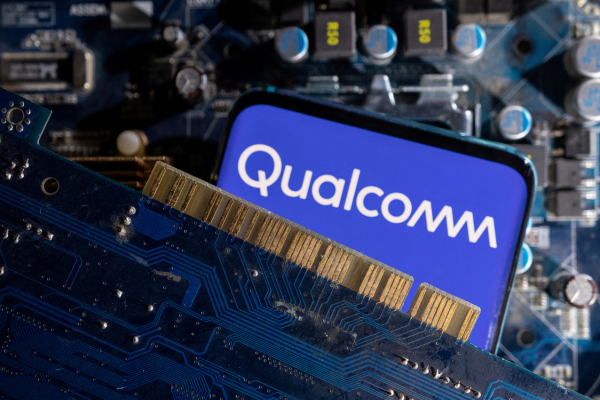Why 5G is everyone’s business

Susan James at Red Hat argues that organisations need to understand that the benefits of 5G go far deeper than better connectivity for mobile phones
It feels like the world is spiralling from crisis to crisis. The basic things we take for granted are now subject to doubt. Empty supermarket shelves, mile-long queues at petrol stations and closed borders are clues to the fragility of many supply chains.
The causes — take your pick from COVID, stiffer immigration policies, an over-reliance on a few oil producers, dislocated climate strategies, low-paid jobs, poor working conditions — have exposed chronic under-investment in many industries.
It has also illustrated how deeply integrated industries are. For example, CO2 is used widely in food production and packaging, which is a byproduct of manufacturing farm-grade fertilizers, which is dependent on supplies of natural gas, as is the transportation of food from source to shelf.
One complication sets off a chain reaction. The 40% of food that the U.S wastes every year costs $218 billion to grow and produce, unnecessarily contributes 2.6% of the country’s greenhouse gas emissions, and fills up more than one-fifth of the country’s landfill sites. Everyone suffers. So it’s everyone’s responsibility to fix things.
The solution, just like the cause, is multifaceted. 5G should be a big part of the conversation as an enabling technology, along with other key pieces like edge computing, blockchain and AI. These have now matured enough — cheaper, more secure, more global in reach — that we have a real window of opportunity to make a dent in what have been considered insurmountable problems.
The use cases are almost limitless. IoT sensors that determine the optimum harvesting time will save crops going to waste. Driverless trucks that deliver factory components, which are offloaded and assembled robotically, takes the availability (and willingness) of humans out of the equation. Remote connectivity can give communities access to education and financial services for the first time.
Businesses that take a reactive stance are missing the point; and the profits too. People are increasingly judging prospective employers by the role they play in building a better world. It is no longer enough to lure the best talent by offering the biggest salaries. Doing good matters too. Consumers are also inclined to judge brands through the same lens.
Neither is this about making 5G a zero-sum game. Competitive instincts that seek to protect a position and destroy others are more likely to stifle innovation than spark it. Industries must foster a more collegiate spirit of competition. Better for everyone to grow the pie, than squabble over the slices left on the plate.
The telecommunications sector already has a good track record of this. Leading telcos are comfortable collaborating with each other on everything from licensing agreements, technical standards, interoperability testing and patents. When wider collaboration happens, it is typically with technology vendors, governments and research institutions, such as 5G-VINNI and FUDGE-5G.
Much can be learned from the way that open source technology communities act. Collaboration provides the fundamental standards, tools and frameworks, which then enable innovation to happen faster and more effectively.
There’s no better example than the breakneck speed that COVID-19 vaccines were produced and distributed when pharma, governments, regulators and health services joined forces. It also demonstrates how entrenched and unproductive ways of working can be ripped up overnight, when the will is there.
To address these major global issues, the whole ecosystem needs to work together. Telcos bring more value than just enabling connectivity, and will do a better job of 5G with other industries guiding them. So businesses must be clear what new commercial opportunities and customer experiences they want to create with scalable edge computing, as well as be willing to share the gains with service providers.
It may sound like hyperbole to compare the scale and severity of the COVID crisis to the potential of 5G. But let us consider how 5G can bring about better healthcare, increase education standards, enable greener production processes, deploy robots and machines to do dangerous jobs, and connect the disconnected. How it can shore up supply chains and embed resilience so that crises are averted. That’s a prize we should all get behind.
Susan James is Senior Director of Telecommunications Strategy at Red Hat
Main image courtesy of iStockPhoto.com

Business Reporter Team
Most Viewed
Winston House, 3rd Floor, Units 306-309, 2-4 Dollis Park, London, N3 1HF
23-29 Hendon Lane, London, N3 1RT
020 8349 4363
© 2024, Lyonsdown Limited. Business Reporter® is a registered trademark of Lyonsdown Ltd. VAT registration number: 830519543





